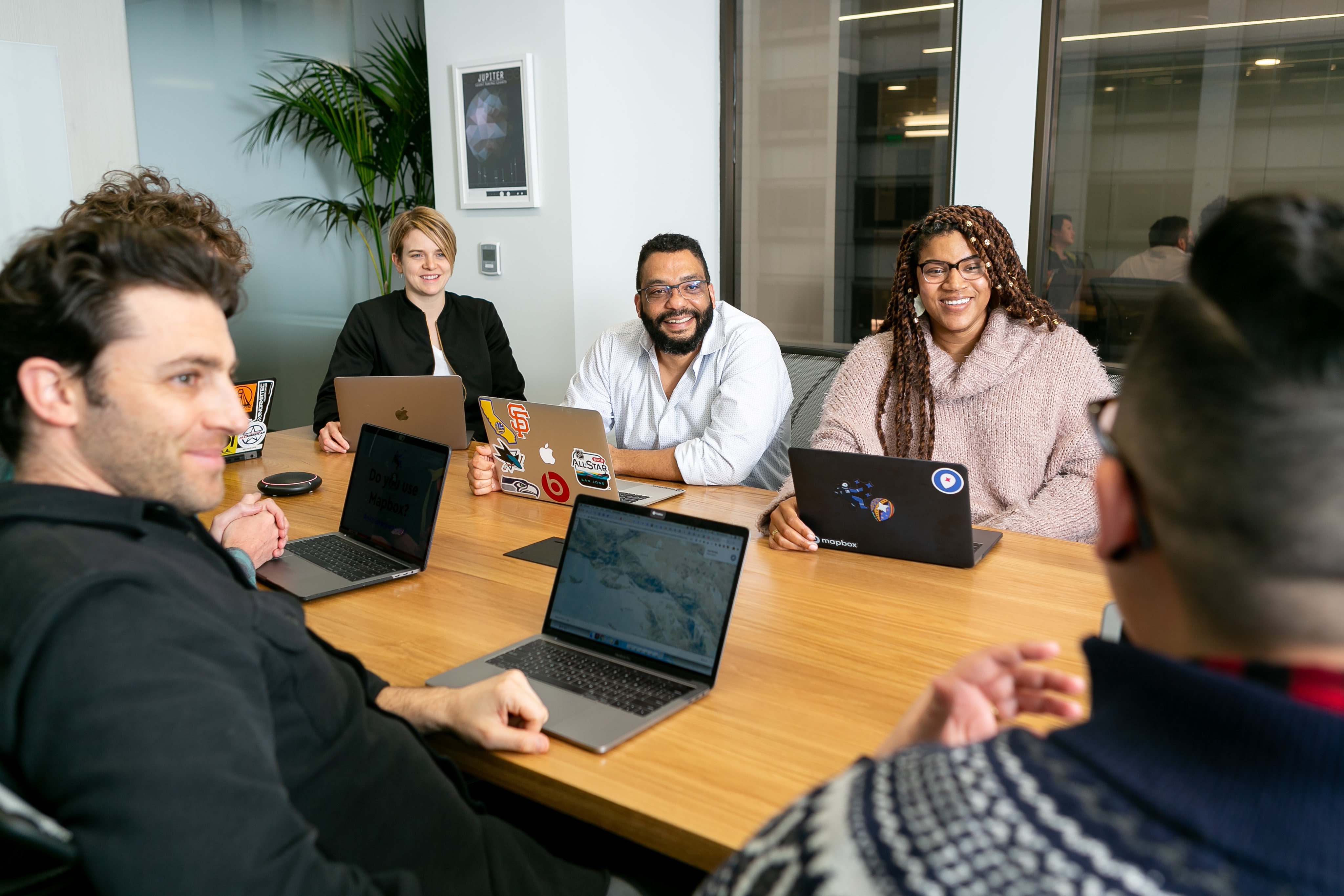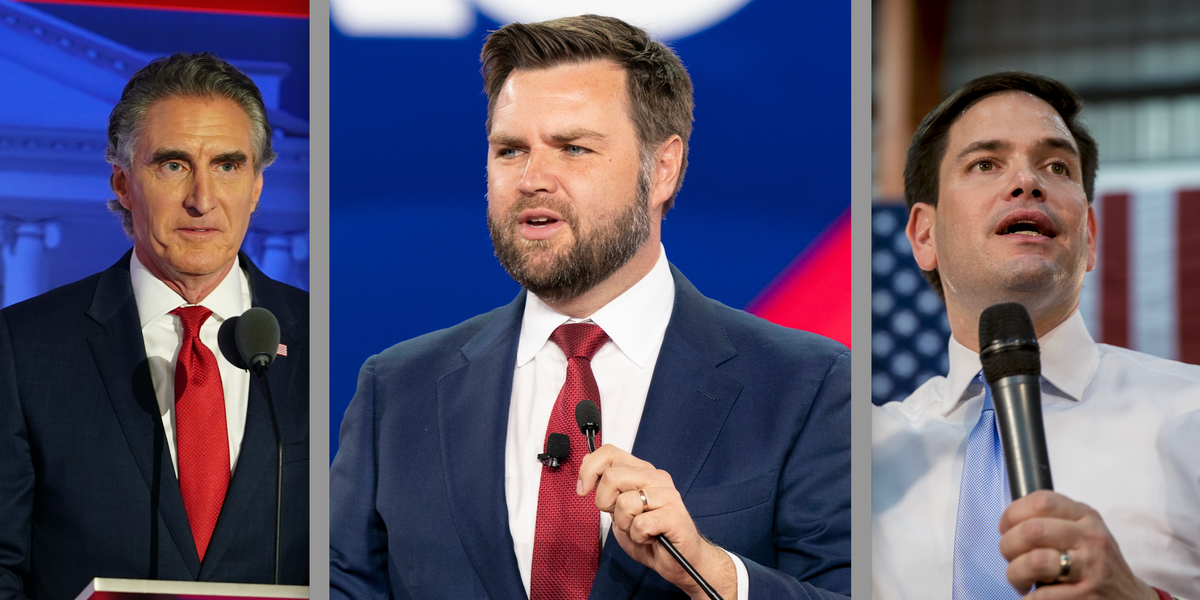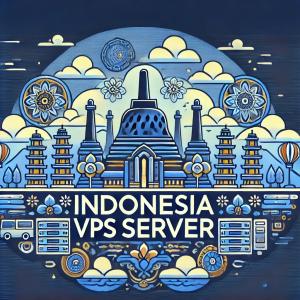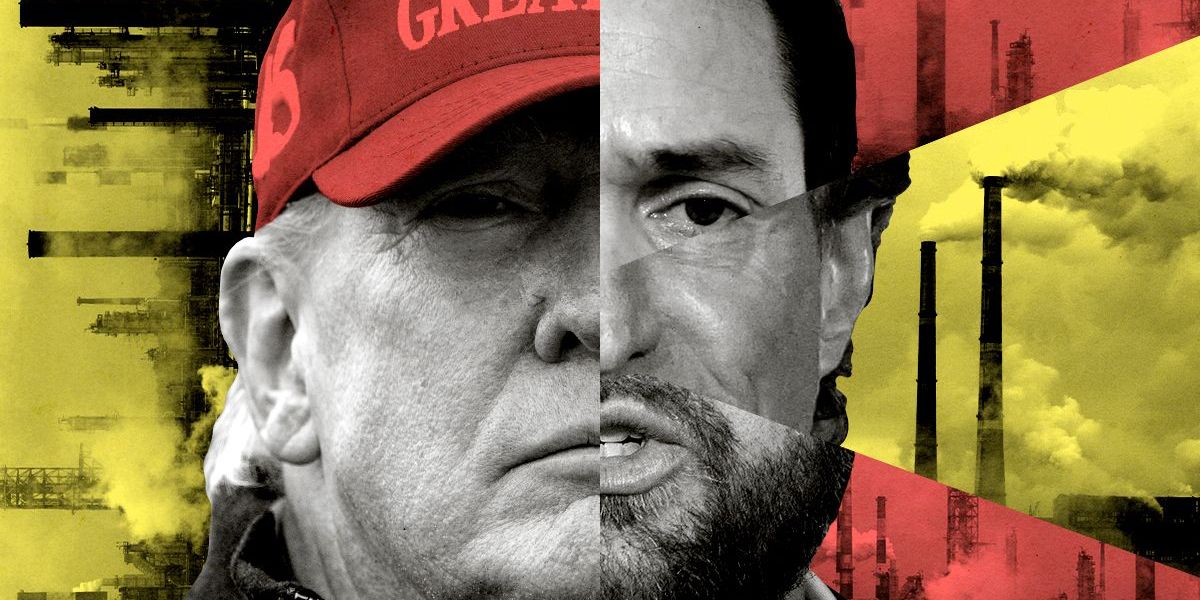
It’s that time of year again when everyone’s talking about industry trends, and the trade pubs are cranking out one-sentence descriptions of things we all know we should probably be doing but have no idea where to start. One of the hottest ones this year is “co-designing your next event.” Sounds amazing! But how do you do that?
One of the best ways is by creating an Event Advisory Board. It can be one of the most powerful tools in an event organizer’s playbook. Think of it as a board meeting where stakeholders in the event process—such as sponsors, exhibitors, event planners, and others—come together to gather real-time feedback and firsthand insights to co-design your next event.
This article focuses on the exhibitor and sponsor constituency. But the approach works for all audiences including attendees, speakers, and indeed the entire event organizing team. In fact, you should be diving deeply with all those audiences as part of your continuous improvement planning.
Here are some best practices for how to effectively create and conduct these meetings that will keep attendees, sponsors, and others coming back year after year.
When to schedule your Event Advisory Board meeting
Many organizers wait weeks or even months to complete post-conference reports, compile survey results, and start planning for their next event. In doing so, they lose the freshness of instant feedback. It is best to hold two advisory board meetings—one on the last day of your just-wrapped event to capture maximum freshness, and a second, more formal one three to five months later.
Schedule the first meeting on the morning of the last day of your event. Sure, people are tired, but the feedback you receive is vital and will help shape the agenda for the second meeting. The first meeting should include more of your worker-bee types who have been in the trenches and can provide firsthand input. The focus is more logistical. How was the show? What worked well? What didn’t? What could be better?
The second meeting will be more forward looking and will include higher-level executives such as VPs and directors of events who may want to meet with you. And you should let them; some of them may be writing you a check. By the time of your second meeting, in the case of an Exhibitor Advisory Board, all the sales leads will have come in and you can start rewriting your sponsorship packages and MPOs (Marketing & Promotional Opportunities) for next year. If you’re focused on content, at this point your speaker surveys and ratings have been returned and can inform the discussion. Proactivity is the name of the game here. You don’t want to wait until something is failing before you address it—because by then it’s already too late.
Who to invite
Don’t invite members to the board just because they have an important title. We try to include people who are passionate about and believe in the event. A sales rep who brings a wealth of event experience to the table will have more to offer than a VP who may not be as engaged in the process.
From an Exhibitor Advisory Board standpoint, you also want a good distribution of budgets, from the largest to the smallest sponsor or exhibitor. But regardless of your focus, it’s not just about hearing your biggest clients’ opinions (though you’ll pay special attention to those). And you want a mix of generations too, because marketing and trade shows are changing rapidly.
Meeting size will vary. After large-scale events, our meetings have had up to 60 attendees, while our smaller event meetings had about 10.
What to put on the agenda
This will vary depending on your area of focus, but here are some examples. For an Exhibitor Advisory Board, topline goals can include everything from creating new sponsorship packages and opportunities to looking at different audiences and making sure your booth workers have a positive experience. For a Content Advisory Board, you can look at the timing of call for papers and diverse representation in your speakers, and you can review top-rated speakers for feedback points that may inform future speaker selections.
Agenda topics should include what worked or didn’t from previous events. For example, If something went sideways, such as housing, you’ll want to address the issue so it doesn’t repeat in future.
Measurement is a strategic benefit and should not be an afterthought. A conference is a goldmine of data, and the Event Advisory Board meeting is the perfect venue to review data collected, as well as establish the types of data clients most want to see from their next event, which will help make it a success.
Having an agenda lets you stay on topic, but you should also be flexible and responsive to attendees’ needs. If they want to discuss different topics that might come up during the meeting, write them on a whiteboard and check them off after you’ve addressed them. It’s about listening and acknowledging so that all members feel heard.
How to run the meeting
Old school visualization tools like whiteboards or flip charts work well with most audiences. Whatever your style, you’ll get better results if you involve members in the decision-making process. One way to do this is to recap what they suggested in the prior meeting and tell them what you’re doing about it—whether it’s creating a new floor plan or developing new MPOs. It shows them their voice counts.
Keep it light. Talk to members as human beings! You’ll find you can have fun, high-energy, interactive gatherings that stimulate bonding and even engender pride. We’ve seen people list themselves as members of Advisory Boards we run on their resumes and on LinkedIn.
Conclusion
Event Advisory Boards are a potent planning tool, but they can also accomplish a vital intangible. By applying “all-interested-parties thinking,” they can help solidify the three-way symbiotic relationship between event organizer, sponsors, and attendees that we’ve found leads to increased revenue, better engagement, and higher audience retention.
After all, we’re all in this together!
Karen Daniele is the VP of Strategic Services at Nth Degree Events, a leading creator of events that propel business results. Nth Degree Events works to engage audiences, connect communities, build brands and drive sales, all while working collaboratively to help achieve your goals like no other agency anywhere on the planet.
https://www.specialevents.com/event-tools/event-advisory-boards-room-where-it-happens






